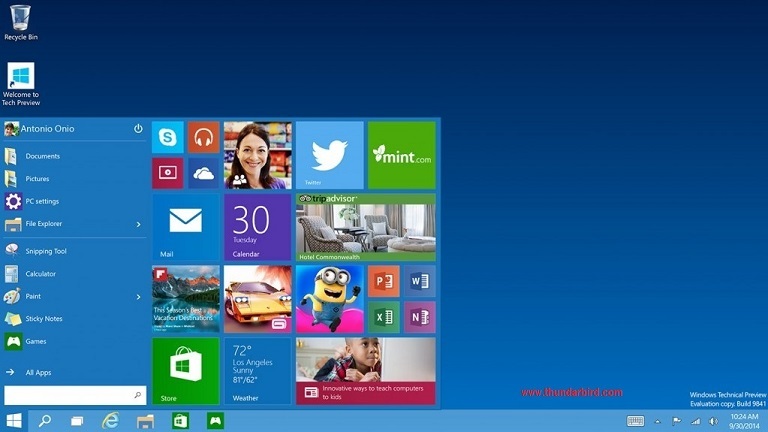

GNU General Public License (GPL) version 3 or later. To provide feedback, report a bug or request an enhancement, please use the GitHub issue tracker. Notes on ISO Support:Īll versions of Rufus since v1.1.0 allow the creation of a bootable USB from an ISO image (.iso).Ĭreating an ISO image from a physical disc or from a set of files is very easy to do however, through the use of a CD burning application, such as the freely available InfraRecorder or CDBurnerXP. In that case, FreeDOS, which is the default selection, is recommended over MS-DOS, as it supports more keyboard layouts. If you create a DOS bootable drive and use a non-US keyboard, Rufus will attempt to select a keyboard layout according to the locale of your system. "Pete Batard - Open Source Developer" (v1.2.0 or earlier).

The executable is digitally signed and the signature should state: If you find that you can use Rufus in your own language, you should really thank them! Usageĭownload the executable and run it – no installation is necessary. I will take this opportunity to express my gratitude to the translators who made it possible for Rufus, as well as this webpage, to be translated in various languages. Once downloaded, the application is ready to use.

Windows 7 or later, 32 or 64 bit doesn't matter. If you think you are up to the task, please have a look here. The Rufus application would like to request your help with its translations, as the project is currently looking for volunteers that would be kind enough to update the localization for Malay and Japanese. (1)Ī non exhaustive list of Rufus supported ISOs is also provided at the bottom of this page. It is also marginally faster on the creation of Linux bootable USB from ISOs. For instance it's about twice as fast as UNetbootin, Universal USB Installer or Windows 7 USB download tool, on the creation of a Windows 7 USB installation drive from an ISO.


 0 kommentar(er)
0 kommentar(er)
